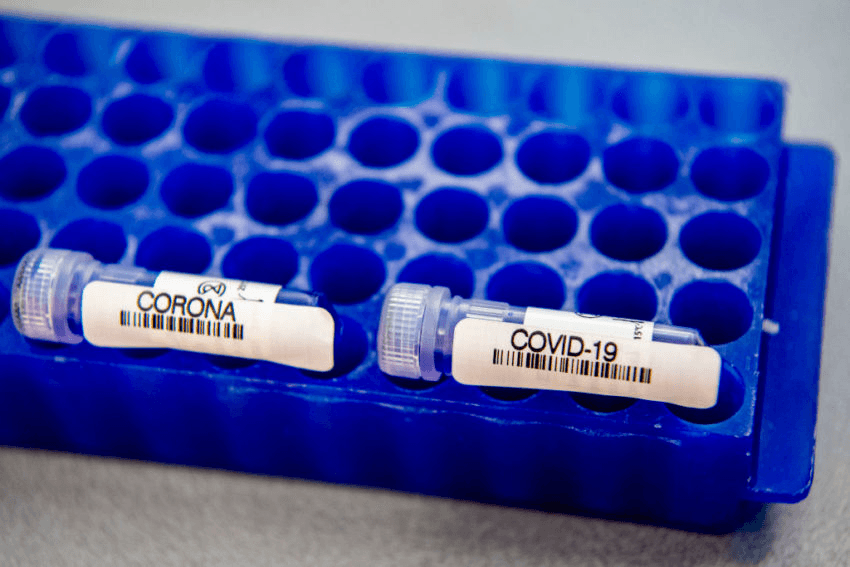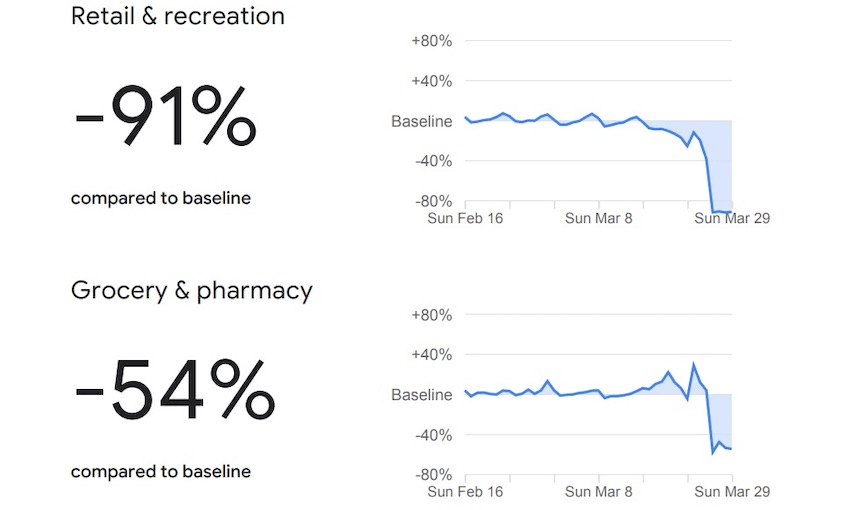Medical centres across the country are condensing services, moving online and ushering in pandemic plans. Josie Adams assesses what it’s like to access and provide essential medical care under alert level four.
On Monday, Sandra Russell woke up before dawn and drove to Milford to get her blood tested. She has an incurable blood cancer, myeloma, and needs weekly tests to see if the injections she gives herself are working to build her immune system. If she contracts Covid-19 now, it could kill her.
She has a poor immune system, so is used to self-isolating. “I’ve had two stem cell transplants, and you have to isolate yourself for six months afterwards,” she said. “I’m not going anywhere, but the one place I have to go is Labtests.”
Her usual centre is Devonport, but under alert level four she must go to Milford. She drove in the dark to join a line that was already growing. Inside the clinic, paper towels marked with Xs dotted every odd seat, so patients would maintain physical distance. When it was Russell’s turn, she was ecstatic to see her usually Devonport-based phlebotomist, who told her she’d had to buy her own face mask.
PPE not necessary
A release from Labtests last week stated that in order to protect the health of its phlebotomists, it would turn away patients with respiratory or feverish symptoms. When Russell attended the clinic on Monday, a young woman stood at the door screening patients with two questions: had they left the country in the past fortnight, and did they have any symptoms of Covid-19? She was employed by a security company, and was not medical staff. Russell saw her handed a jacket and t-shirt to wear during her shift, not a mask or gloves.
When approached, Labtests did not comment on specifics about its alert level four practices, but stated it had activated a pandemic plan that included limitations on the number of collection centres remaining open. In the statement, it said:
“There are a number of considerations with collection centre closures, including our ability to maintain safe staffing levels with the available personnel, our ability to operate in compliance with the requirements applicable during alert level four (such as physical distancing) and distribution of collection centres across the three Auckland DHB regions,” said a spokesperson. “The situation is developing rapidly and service levels are continually monitored.”
Labtests’ policies regarding personal protective equipment (PPE) are in line with current government guidelines.
According to the Labtests website, only 18 of its 60 Auckland clinics remain open. This is expected; many medical services are condensing or closing their services throughout lockdown, as only essential medical care will be provided face-to-face. For those with ongoing needs, blood testing will be available throughout alert level four. Home visits are only available to those with “urgent need“.
STIs going unchecked
Family Planning is one business that has turned off the lights in its premises nationwide.
Rose Stewart, national nurse advisor at Family Planning, said that although clinics are physically closed, staff are still working. Phone consults are available, and patients can book in for one via the website.
Stewart said many services were still accessible. “We can fax through prescriptions, and we can offer doctor’s consults,” she said. “You can still access abortions, too.” This was a major fear for many, but Stewart confirmed hospitals are still performing terminations where required and Family Planning is still providing information to patients.
One thing Family Planning is unable to do during alert level four is offer shots. “If you have gonorrhoea, we can’t treat you,” said Stewart. (In most cases, gonorrhoea is treated with a single injection of an antibiotic and a dose of tablets.) “But people probably aren’t spreading that right now.”
You might not know you have an STI; Labtests is focusing on Covid-19 samples, so if you’ve had a routine check for an STI recently it likely hasn’t been processed. However, if you have obvious symptoms you can still receive treatment. “We can treat chlamydia right now,” said Stewart. The symptoms are easily recognised and the treatment is antibiotics by prescription.
Those with IUDs, implants, and depo provera shots about to expire will also have to wait until the alert level decreases to get these updated by Family Planning. “If you are due for your depo provera jab or for your implant to be changed, we will give you a prescription for the pill until we’re able to do face-to-face appointments again,” said Stewart.
Jane Morgan of the Waikato Hospital Sexual Health Service said New Zealand was facing a syphilis epidemic when alert level four occurred, and medical services were still committed to treating STIs during this period. Syphilis is a destructive, eventually lethal infection, and its symptoms can take up to three months to show up. “Not everyone gets symptoms,” said Morgan. “We are still able to do syphilis blood tests for anyone with symptoms that suggest
Morgan said sexual health clinics and GPs would continue to offer services requiring face-to-face consults during this time, including gonorrhoea treatment and depo provera injections.
Not-so-general practice
The government has, more broadly, been directing healthcare providers to narrow their focus onto Covid-19. Three of Tāmaki Healthcare’s clinics — Airport Oaks, Henderson Specialist Centre, and St Lukes White Cross — are all now dedicated to testing for Covid-19.
FlexiHubs, discussed briefly in Friday’s press conference with director-general of health Dr Ashley Bloomfield, are being rolled out in greater numbers. These are clinics that will triage patients and test for Covid-19 away from the main medical centre, so patients with non-Covid-19 essential needs can be seen in relative safety.
Dr Alistair Sullivan, the director of Urgent Care Tāmaki Health, said that although they were redirecting resources to combating Covid-19, keeping things essential-only was affecting operation. “Attendance numbers are down by 50-60%,” he said. “We have consolidated our clinic operations by closing a small number of sites.”
The government has just announced $30 million in funding for GPs and pharmacies, to support management of the Covid-19 workload and community-based assessment centres. This came just as the Royal New Zealand College of General Practitioners announced GPs are a workforce in crisis.
“Financial assistance for general practice and urgent care clinics is necessary in order to protect the availability of primary health services now, and for the future,” said Sullivan. “Together we ensure that patients get the medical care they need close to their homes, and that our hospital system is free to deal with more serious medical presentations.”





